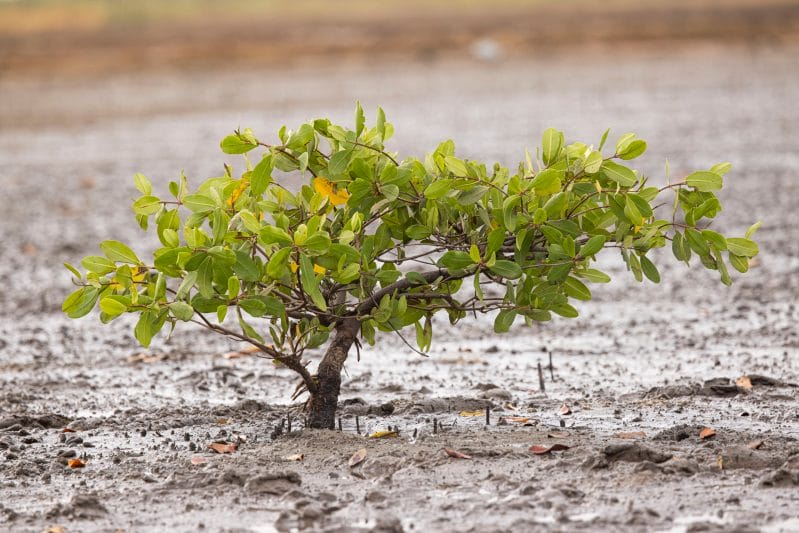It is often held that rats, whether real or metaphorically, are the first to leave a sinking ship. But usually, in that line of thinking, the departure of said rats is voluntary. Not so for the mosaic-tailed rat (or melomys). It seems that this species was, to mix metaphors, made to walk the plank.
It is likely that this species has the unfortunate place in history of being the first mammalian species to become extinct as a direct consequence of climate change (Gynther et al. 2016). While a rat of all things from an island so small as to not actually qualify for the title of island (its technically a cay) might not be considered worth twitching a whisker at, what cannot be avoided for long is the seriousness of climate change for the future of our planet.
Though extinction is nothing new, the rate at which it is occurring, particularly over the last 100-150 years, is eye-popping. Without human intervention it was expected that nine vertebrate species would have gone extinct since 1900. As it was, these nine plus a further 468 vertebrate species disappeared (reported by Jan Zalasiewizc for The Guardian, 22 June 2015). Most reasons for extinction fall into two categories; competition and habitat loss. Climate change as a direct cause of the demise of a species is relatively new however. In the case of the mosaic-railed rat, rising sea levels as a consequence of climate change seem to be the culprit (Gynther et al. 2016). The question we must now ask is, will other species follow suit?
OBITUARY TO A RAT
The mosaic-tailed rat (named for the mosaic pattern on its tail) was the most isolated of Australian mammals and had the most restricted range. Repeated inundation of salt water of the species’ habitat eradicated the plants that were critical to the survival of the species. It was estimated the area of the cay above high tide decline from 4ha in 1998 to 2.5ha in 2014. Worse still, 97% of the species’ habitat has been lost in just 10 years (Michael Slezak, The Guardian).
The first written record of this species by European explorers on the HMS Bramble in 1845 when the rats were so abundant that the crew of the ship amused themselves by hunting them with their bows and arrows. Fast forward to 2011 when a mere 6 individuals were recorded. After several fruitless nights searching in 2014 and 150 empty traps, scientists from the University of Queensland ceased their search. It was their report in which the species was declared extinct, with the last sightings recorded in 2009. Representatives from the IUCN are at present reluctant to fully back this declaration on the assertion that populations might exist somewhere on the mainland of Papua New Guinea (Jamie Carr, IUCN quoted in article by James Crugnale at weather.com), but hopes are neither sufficiently great nor scientifically founded for this to be likely.
TURNING THE TIDE
Any actions that cool our earth are going to be among the most important actions we can take and should be taken now. This is not just out of a sense of noblesse oblige, but also from a healthy sense of self-interest. Right now, we have unsafe levels of biodiversity loss across 58% of the planet surface (Genelle Weule’s article for ABC News in Science 15 July 2016, Newbold et al. 2016), enough to threaten the ability of our ecosystems to support human societies.
As environmental change and extinction often go hand in hand, it is vital that we learn from the fate of the mosaic-tailed rat and turn the tide on climate change once and for all.















